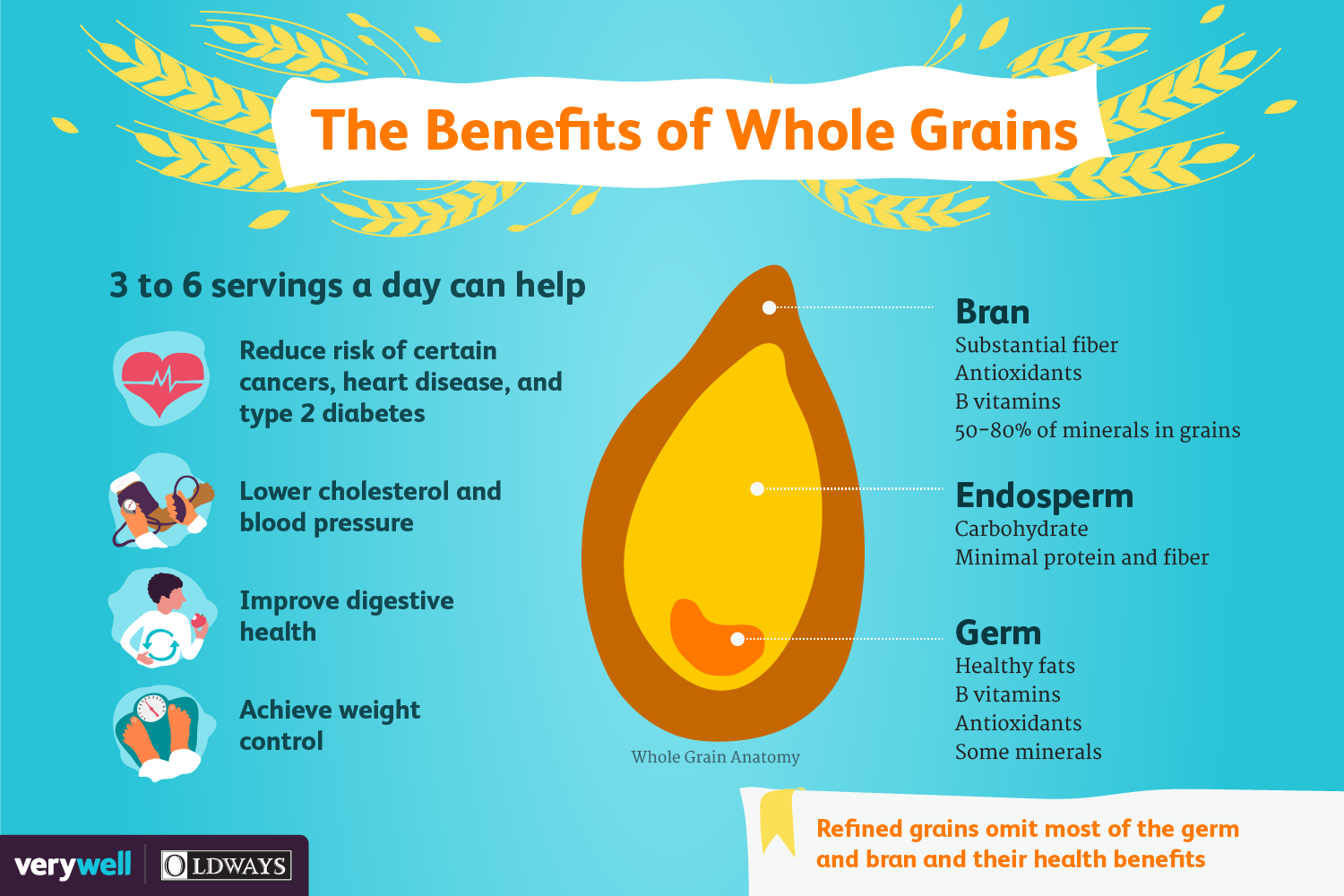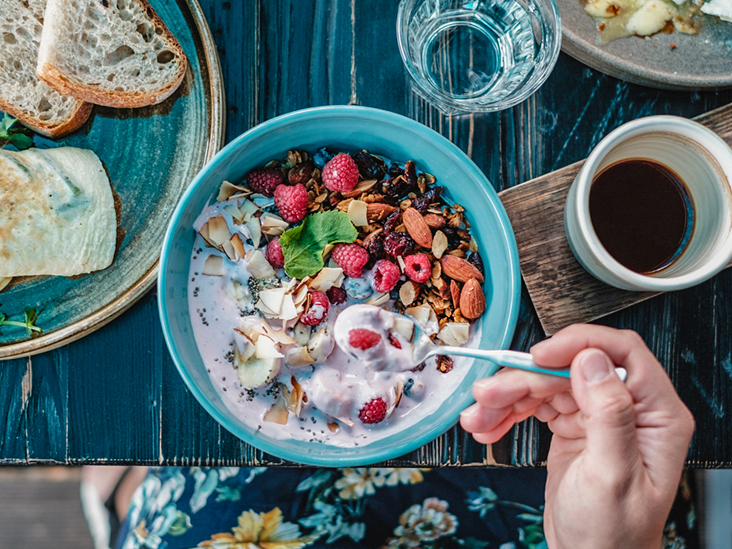
Achieving a healthy lifestyle starts at an early age. Children are taught the importance and benefits of healthy eating and exercise early on. It can be difficult to maintain a balanced diet, but many studies show that a well-rounded diet includes all the important food groups. This includes plenty fruits and vegetables, whole grain, and protein. A healthy lifestyle includes maintaining a healthy weight, regular exercise, and healthy eating habits.
Individuals with disabilities created the Healthy Lifestyles program. As people are able to live longer, more people understand the importance of a holistic approach to their health. Participants will receive a Health Life Curriculum as well as a Leader's Guide to help them live a healthy lifestyle. Six follow-up meetings will be held after the workshop to allow workshop participants to share their progress, discuss strategies, successes, and learn how they can maintain a healthy lifestyle and diet.

The program has three components: education and advocacy. Clinical care is the last component. In the first phase, teachers are required to complete a Lead Healthy Lifestyles Leader certification workshop. The workshop simulation is included in the training. The workshop provides the opportunity for the trainees to gain experience with the curriculum and philosophy. Leaders take part in a 1-day Leadership Training event to further their knowledge on the Healthy Lifestyles curriculum.
The three-year programme is divided into phases and focuses on the message of a healthy lifestyle. It encourages physical activity as well as energy balance. The piloting phase seeks to establish relationships with children and spread awareness about the programme. The final phase allows children to begin to use the Healthy Lifestyles principles every day of their lives. There are also many facets to a successful healthy lifestyle, so make sure you start by making a plan.
The second phase of the programme, Creating a supportive context, is the second. This phase is designed to increase awareness about HeLP and create relationships between students and parents. Professional dancers and other athletes talk with the children about healthy lifestyles. They also offer workshops. They are role models and can change the school culture. Healthy living starts with healthy eating habits and regular exercise. Your health can be improved if you live a healthy life.

A healthy lifestyle is more than just eating healthy foods. Healthy eating habits and regular exercise are important components of a healthy lifestyle. The first step in a good nutrition plan is to incorporate a variety of healthy foods. It is possible to eat foods rich in vitamins and mineral. Healthy food will make your body work better. It is possible to consume less fatty foods.
FAQ
How do I build muscle quickly?
To build muscle quickly, eat healthy foods and exercise regularly.
Mornings are the best time to workout.
You should try exercises such as squats, bench presses, push-ups, etc.
Use different weight training techniques and drink plenty water throughout the day.
How quickly can I transform my body?
The first step is to change your mind. It is important to first make the decision to change.
Once you have decided that you want to change, then you need to commit yourself to work on your fitness goals for at least 3 months.
Next, you will need to find a program that suits your lifestyle.
You also need to set realistic expectations. If you are not ready to dedicate the time and effort to reach your goal, do not spend money on a gym.
Instead, exercise outdoors in your own time.
Walking around the block for an hour per day will help you lose 1 lb in a week.
Now that you have an idea of what you want, start planning how to arrange your life to follow this plan.
This includes scheduling a time to exercise each morning before you leave for work and taking breaks throughout the day so that you can move.
Finally, you should reward yourself when you reach milestones. This could be buying accessories or clothing that reflect your success.
Is Cardio Better Than Strength Training?
Both are equally good. But cardio is a much better choice if you want to gain muscles faster.
Cardio burns far more calories per min than strength training. It also burns fat more efficiently.
Strength training increases muscle mass but takes more time than cardio.
What is the Best Workout for Men Over 40 Years?
For older men, the best workout usually gives them more energy and improves their stamina.
It is important for you to know that over 40s experience a reduction in testosterone which can lead to lower sex drive.
You can still exercise, however. There are many studies that show regular aerobic exercise can raise testosterone in some men.
So, if you want to improve your sexual performance, you can start with an aerobics routine.
Which dietary supplement is good for weight loss?
Weight loss requires diet and exercise. Some people find that certain supplements are helpful.
Research suggests that omega-3 fats may aid in weight loss. Omega-3s, essential fats, are critical for brain function and cell membrane health. They're found in seafood like salmon, tuna, shrimp, and cod liver oil.
Other research suggests that green tea might be beneficial for weight loss. Green tea has catechins, which are antioxidants that can help increase metabolic rate and encourage weight reduction.
Are you a cardio-exercise fan?
Cardiovascular exercise can have many benefits. It improves blood flow, strengthens your heart muscle and increases stamina.
Cardiovascular exercise includes running, biking, hiking, swimming, tennis, basketball, soccer, volleyball, football, etc.
Cardio exercises should not be done at high intensity. This could cause injury.
You should only perform the cardiovascular exercise if you are feeling well.
Never push yourself past your limits. If you do, you might injure your self.
Begin by warming up before engaging in cardio exercise. Next, increase your intensity gradually.
Always listen to your body. You should stop immediately if you feel any pain while doing cardiovascular exercise.
After a cardio workout, it is a good idea to take a break. This allows your muscles to recuperate.
Cardiovascular exercise is essential for losing weight.
It is the most efficient way to lose weight and stomach fat.
Statistics
- By John Thompson Take a whopping 38% off a set of PowerBlock Pros. (menshealth.com)
- According to the American Academy of Dermatology (AAD), men over 50 are at a heightened risk of developing it. (healthline.com)
- Candidates and applicants must pass all four tests at 70% (minimum level) to graduate from Basic Deputy U.S. Marshal (BDUSM) Training. (usmarshals.gov)
- Cardmembers earn 5% Back at Amazon.com with a Prime Credit Card. (amazon.com)
- Are You One of the 20% of Guys (mh.co.za)
External Links
How To
How do I lose weight while working out?
Exercise burns calories through increased metabolism and oxygen consumption.
Moderate intensity exercise is a safe way to lose weight.
To burn fat while exercising, follow these tips:
-
Cardio exercises include walking, running, swimming, cycling, running and jogging.
-
For 30 minutes, do it three times a week.
-
Strength training is a great way to lose weight.
-
Avoid intense exercise. You can build muscle without having to lose muscle tissue.
-
When exercising, make sure to drink lots of water. Water is essential for flushing out toxins and keeping your body hydrated.
-
After exercising, you should drink low-fat protein drinks. Protein shakes are great for your muscles and energy.
-
Smaller meals are better for you.
-
Don't skip breakfast! Skipping breakfast can make you tired and sluggish.
-
Take care of your mental health. Stressful situations can affect your metabolism.
-
Keep a positive attitude. Studies show that people who believe they are overweight gain more weight then those who think they are attractive.
-
Get enough sleep. A lack of sleep makes it difficult to lose fat.
-
Keep active. Keep moving every hour.
-
Maintain a healthy diet. Eating right keeps you feeling full and satisfied longer.
-
Relaxation is possible by finding ways to relax. Tenseness can cause stress hormones to break down muscle tissue.
A balanced diet is one that includes all of the essential nutrients required for growth.
You should eat six small meals per day rather than three large ones. This gives your body more time to digest the food you eat.
For strong bones to be maintained, you need approximately 500mg of calcium per day. Calcium is found in dairy products like yogurt, fortified milk beverages, orange juices, cereals and bread.
Calcium is found in green leafy vegetables, beans, tofu, seeds, nuts, and cheese.
Vitamin D is essential for calcium absorption. It's found in fatty fish, egg yolk, and some fortified foods.
Vitamin E is important for skin health. It's found in vegetable oils, wheat germ oil, peanuts, almonds, sunflower seeds, and corn.
Your body requires zinc to function normally and for wound healing. Zinc is found in oysters, legumes, meats, whole grains, and seafood.
Zinc deficiencies can lead to fatigue, decreased appetite, depression, and reduced immunity.
Eating too much sugar causes insulin resistance, which increases blood glucose levels. Insulin resistance leads to weight gain.
Insulin resistance occurs when the bloodstream is full of free radicals. Free radicals are molecules containing unpaired electrons which cause damage to cells membranes.
The most common sources of free radicals include food additives.
Free radical damage can cause cancer, heart disease and diabetes, as well as arthritis, asthma, and other diseases.
Eating a well-balanced diet with antioxidants is the best way to prevent free radical damage. Antioxidants protect against oxidative damage.
Vitamin C can be found in citrus fruits. Beta carotene can be found in carrots. Sweet potatoes. Tomatoes. Carrots. Sweet potatoes. Spinach. Broccoli. Cantaloupe. Vitamin E is found in nuts. Olive oil, avocados.
Selenium, manganese (and zinc) are other antioxidant nutrients.
Selenium is known to protect cells from the oxidative damage that free radicals can cause. Selenium is also found in Brazil nuts.
Copper protects the eyes, brain, lungs, liver, and red blood cells. Copper is found in shellfishes, poultry, meat, organ meats, and other foods.
Manganese forms an essential part of bone structure. Manganese may be found in brown rice or spinach, bananas and prunes as well raisins, oatmeal and lentils.
Zinc is required for normal growth, reproduction and wound healing. Zn can also be found in white fish, lean cuts of meat, poultry, and eggs.